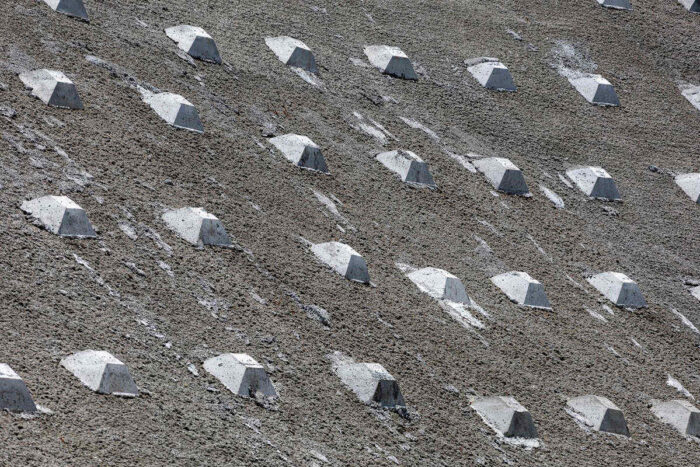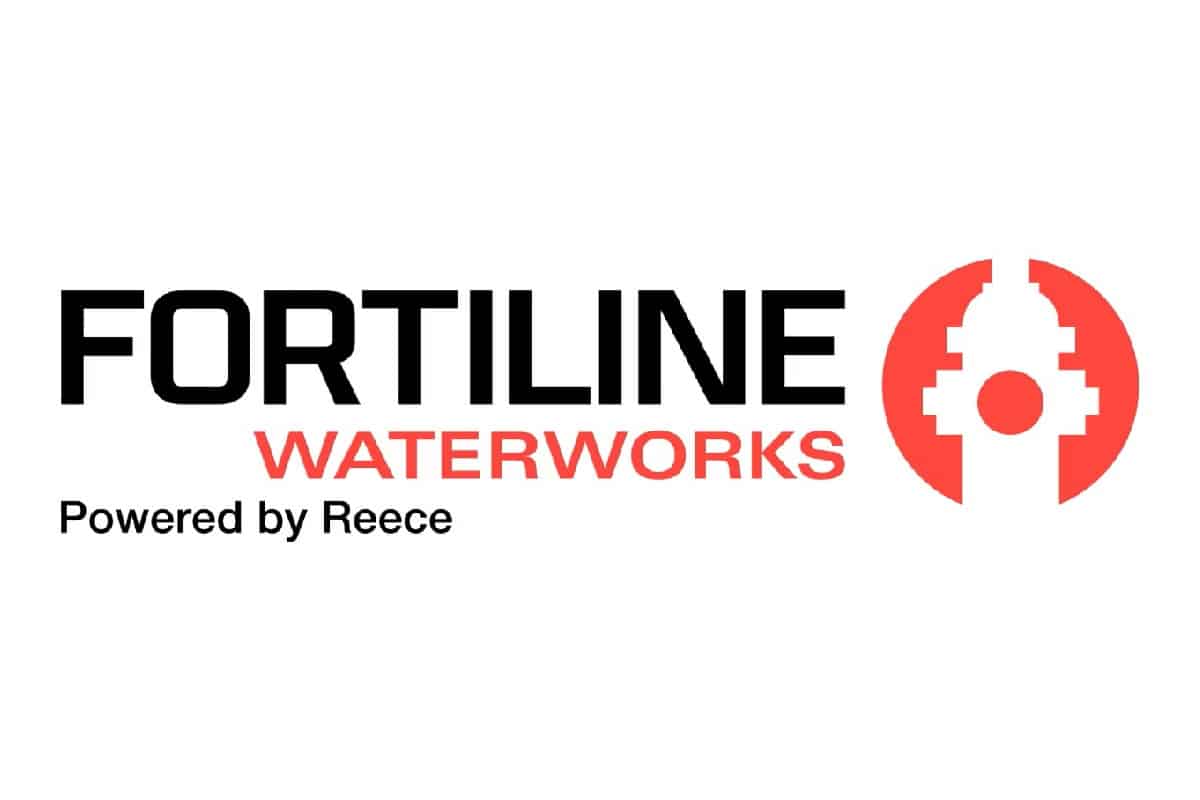Examining the Safe Application of Soil Nails Around Underground Utilities

By Oscar Collins
Installing utilities underground offers several advantages, such as protecting the lines from extreme weather conditions and minimizing visual clutter from poles and wires. It can also improve the safety of passersby since there are fewer chances of electrocution and accidents.
However, installing underground utilities also raises several safety concerns, such as ground strength and stability. It’s imperative to prevent it from collapsing. Thankfully, soil nailing provides reinforcement.
Safe Soil Nailing Methods
Soil nailing is a construction technique that strengthens the ground to prevent it from collapsing onto underground utility equipment. The global market was estimated at $4.9 billion in 2024 and is expected to reach $8.2 billion by 2033. About 48% of that revenue is due to infrastructure, specifically transportation, utilities and other public works projects.
Several established soil nailing methods are proven for their safety and longevity. Here’s a brief overview of options:
1. Self-Drilling
Self-drilling soil nails involve using a hollow anchor bolt capable of simultaneously drilling and grouting the ground. Professionals typically use this technique for more challenging soil conditions, like loose or rocky turf. Some utility contractors may prefer this technique as it is a quicker soil nailing method.
2. Drilled and Grouted
Drilled and grouted soil nailing is a more elaborate method. Contractors drill holes before inserting the chosen soil nail materials. Next, they add cementitious grout, ensuring high-quality pullout resistance. This technique is commonly used for deeper excavations or slope stabilization applications.
3. Driven
Driven soil nailing involves inserting your chosen materials directly into the soil without drilling or grouting. The direct method is generally used as temporary support for other soil nailing methods. Contractors will only perform this for firm soil conditions since it ensures that the materials adhere properly.
4. Jet-Grouted
Jet-grouted soil nailing is a method that involves using high-pressure jets to erode soil and inject grout directly into it. It builds a steady column where soil nails can be inserted to stabilize the ground. It’s one of the more advanced techniques and can require a significant amount of space due to the size of the machinery involved.
Navigating Underground Utility Hazards
Installing underground utility equipment can create a variety of hazards if not done carefully. For instance, the distribution pattern of soil nails along the full length of disturbed soil can create slip surfaces, so it’s imperative to continue operations only with a proper plan for material placement.
The ground conditions may also pose risks. For example, a material’s effectiveness may be limited by subsurface conditions like soils with low cohesion or high groundwater flow. Contractors must adapt to these challenges and ensure the methods match the geological environment.
How to Ensure Safer Soil Nailing Applications
Whether your project involves retaining walls, slope stabilization, excavation support or other applications, it’s vital to prioritize the safety and security of utility contractors.
1. Train and Certify Contractors
Soil nailing is an intricate process involving heavy-duty machinery, depending on the chosen method. To ensure safety, it’s important to undergo training specific to these processes and their equipment.
Understanding the basic safety standards is a must. For example, personal protective equipment is key. It’s ideal to get utility-specific gloves that offer more dexterity while protecting your hands. Foot, head and eye protection are also crucial.
2. Practice Utility Detection and Mapping
Utility detection and mapping are essential, especially when placing equipment underground, as there may be present amenities that may be disturbed in the process. Detection and mapping will also dictate whether you have to change your method and application.
For example, soil nail walls are typically used to create an earth retaining system ideal for slopes. However, it is not feasible when existing utilities are behind the wall and within the soil nail zone. It’s also unfavorable if the soil is corrosive and full of groundwater.
3. Leverage Technologies
Innovative companies are already gaining traction in the soil nailing market and speeding up the development and integration of more advanced materials. For instance, fiberglass nails are accepted as a more corrosion-resistant alternative to steel nails.
Innovative drilling technologies will also be possible in the future. Combined with digital monitoring and real-time data analytics, soil nailing will likely become more effective and even safer for workers in the long run.
4. Coordinate With Utility Owners and Local Authorities
Contractors should get approval for soil nailing projects from both utility owners and local authorities within the area of operations. It’s critical to get the correct permits before beginning any installations and to iron out potential conflicts. Some teams even develop a conflict resolution plan in advance to make the process smoother.
5. Monitor and Document for Industry Standards
Document the soil nail project to serve as evidence for complying with industry standards and local regulations. While OSHA lacks standards specific to soil nailing, they do have a soil classification and test requirements. Contractors must classify the soil and rock deposits based on the site and environmental conditions.
Prioritize Safety When Soil Nailing
Soil nailing is a significant part of underground utility construction as it stabilizes the ground and mitigates most risks associated with equipment installation. Choose the appropriate methods and adequately prepare with preconstruction meetings to secure contractor safety and ensure a successful project.
Oscar Collins is the editor-in-chief at Modded. He’s written for sites like Contractor and StartupNation. Follow him on Twitter at @TModded for frequent updates on his work.




